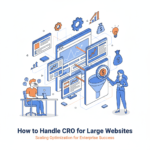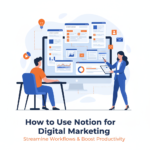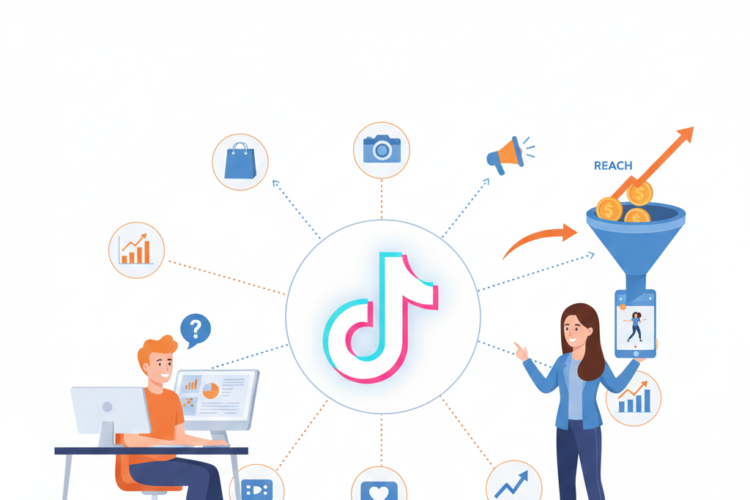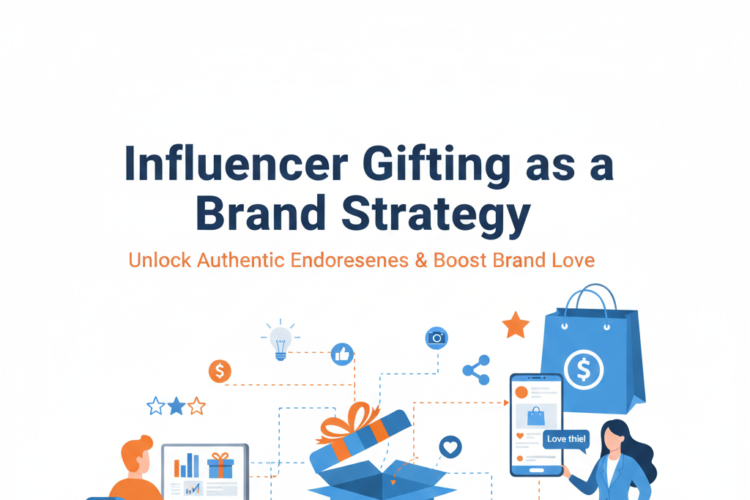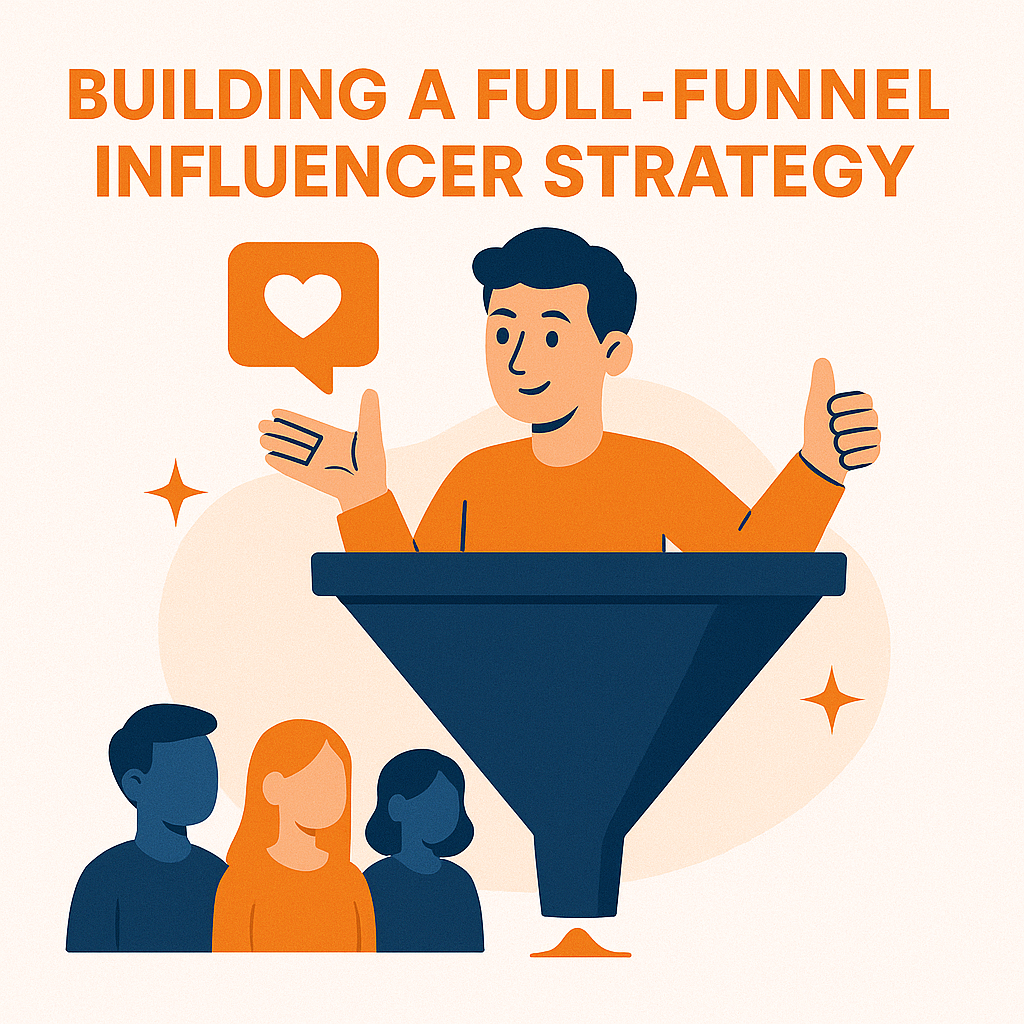
Building a Full-Funnel Influencer Strategy: A 2025 Marketer’s Guide
Influencer marketing in 2025 is no longer a one-off brand awareness play — it’s a strategic, full-funnel powerhouse that drives users from first touch to final conversion and beyond. Whether you’re a B2C eCommerce brand or a SaaS company, building a full-funnel influencer strategy ensures that every stage of the customer journey is nurtured, optimized, and measured.
This guide walks you through how to design and execute a full-funnel influencer strategy that delivers real business results — from reach to revenue.
🎯 What is a Full-Funnel Influencer Strategy?
A full-funnel influencer strategy uses different types of influencers and content at each stage of the marketing funnel to:
-
Drive awareness (Top of Funnel)
-
Nurture interest and consideration (Middle of Funnel)
-
Convert and retain customers (Bottom of Funnel and Loyalty Loop)
The Funnel Stages:
| Funnel Stage | Goal | Influencer Tactic |
|---|---|---|
| TOFU (Top) | Awareness & Reach | Broad content with macro/mega influencers |
| MOFU (Middle) | Consideration & Engagement | Educational content via mid-tier/niche influencers |
| BOFU (Bottom) | Conversion | Reviews, demos, discount codes from micro/nano influencers |
| Loyalty | Advocacy & Retention | UGC, customer influencer programs |
🔼 TOFU: Top of Funnel – Awareness & Reach
Goal:
Build visibility, grab attention, and position your brand in the minds of target users.
Influencer Type:
-
Macro Influencers (100k–1M followers)
-
Mega Influencers/Celebrities (1M+ followers)
Content Formats:
-
Entertaining TikToks/Reels
-
Branded YouTube vlogs
-
Live unboxing streams
-
Product placement in lifestyle content
Platform Focus:
-
Instagram Reels
-
TikTok
-
YouTube
-
Twitch (for gaming/lifestyle)
Example:
A fashion brand partners with a macro fashion influencer for a “What I Wore This Week” video featuring one brand item per day, reaching millions passively.
KPIs:
-
Impressions
-
Reach
-
Views
-
Brand mentions
-
Follower growth
Tip: Use branded hashtags and trackable short links to measure exposure from TOFU content.
🧠 MOFU: Middle of Funnel – Consideration & Trust
Goal:
Nurture interest, educate, and build social proof.
Influencer Type:
-
Mid-tier Influencers (50k–200k followers)
-
Subject Matter Experts / Niche Creators
Content Formats:
-
Deep-dive tutorials or how-to videos
-
Storytelling blog posts or threads
-
Use-case reviews
-
Behind-the-scenes or “day in the life” featuring product usage
Platform Focus:
-
YouTube (long-form)
-
Instagram Stories + Highlights
-
Twitter/X Threads
-
Blogs & LinkedIn (for B2B)
Example:
A skincare brand collaborates with an esthetician to explain how a specific product helps with acne — demonstrating trust and authority with followers.
KPIs:
-
Engagement rate (comments, shares, saves)
-
Website visits from influencer links
-
Time spent on landing pages
-
Email sign-ups
-
Newsletter conversions
Tip: Use UTM tracking and integrate influencer data into your CRM/CDP to enrich mid-funnel lead profiles.
💰 BOFU: Bottom of Funnel – Conversion & Sales
Goal:
Drive immediate purchase, sign-up, or action.
Influencer Type:
-
Micro & Nano Influencers (500–50k followers)
-
Existing loyal customers turned advocates
Content Formats:
-
Product reviews
-
“Before and after” content
-
Unfiltered testimonials
-
Affiliate-style promos and discount code shout-outs
Platform Focus:
-
Instagram Stories
-
YouTube Shorts
-
TikTok (flash deal content)
-
Personal blogs with affiliate links
Example:
A food delivery app works with 50 local nano influencers who post about their weekly meals and offer a custom discount code — driving app installs.
KPIs:
-
Sales generated
-
Conversion rate (from influencer content)
-
Discount code redemptions
-
ROI on influencer spend
Tip: Affiliate links and custom promo codes are a must to attribute bottom-funnel conversions accurately.
🔁 Post-Funnel: Retention & Loyalty
Goal:
Turn customers into advocates who generate UGC and referrals.
Tactic:
-
Build an ambassador program
-
Create exclusive customer-only campaigns
-
Feature real users as influencers
Content Formats:
-
UGC competitions
-
“Featured Fan of the Month”
-
Instagram Reels remixes or TikTok duets
-
Product feedback shout-outs
Influencer Type:
-
Customer Advocates
-
Employee Influencers
Example:
A fitness supplement brand invites buyers to post workout results using a brand hashtag. Top content creators are given affiliate status and a revenue share.
KPIs:
-
Repeat purchases
-
UGC volume
-
Customer lifetime value (CLV)
-
Social proof engagement
Tip: Use retention platforms like LoyaltyLion, Yotpo, or ReferralCandy to link influencer content to loyalty incentives.
📊 Influencer Funnel Content Framework
| Funnel Stage | Hook | Content | CTA |
|---|---|---|---|
| Awareness | Emotional, trendy, or viral | Relatable, entertaining | “Follow”, “Learn more” |
| Consideration | Value-based | Educational, informative | “Check link in bio” |
| Conversion | Scarcity, urgency | Authentic review, discount | “Use my code XYZ” |
| Loyalty | Gratitude, community | UGC, feedback requests | “Join our loyalty club” |
⚙️ Tools to Build & Manage a Full-Funnel Influencer Strategy
| Tool | Purpose |
|---|---|
| Upfluence / GRIN / Aspire | Full influencer CRM + attribution |
| Tagger / Klear | Discovery, ROI measurement |
| Shopify Collabs | Influencer sales + affiliate management |
| Impact / Refersion | Track influencer performance (BOFU) |
| Canva / Later / Buffer | Content repurposing & scheduling |
| Google Analytics 4 + UTM Builder | Funnel tracking from influencer links |
🧠 Pro Tips for Full-Funnel Influencer Strategy in 2025
1. Use the Right Influencer at the Right Stage
Don’t use mega influencers for BOFU — they’re expensive and not built for conversions. Use them for awareness. Save micro/nano influencers for sales-driving actions.
2. Repurpose Content Across Funnel
Turn TOFU videos into MOFU blog content. Turn BOFU testimonials into email creatives. Repurpose, remix, and redistribute.
3. Layer Influencer Strategy With Retargeting
Use pixel data from influencer traffic to retarget warm users with email, SMS, or paid ads — completing the funnel loop.
4. Track Full-Funnel KPIs
Don’t just focus on “likes.” Align influencer content with the sales funnel and measure metrics tied to each stage (reach, engagement, leads, conversions, LTV).
5. Build Long-Term Partnerships
One-off campaigns limit depth. Retainers or brand ambassador programs help build continuity across the funnel.
📈 Real-World Case Study (Fictionalized)
Brand: EarthFuel — Plant-Based Energy Drinks
| Funnel Stage | Strategy |
|---|---|
| TOFU | Partnered with 5 fitness YouTubers (500k+ subs) for challenge vlogs |
| MOFU | Sponsored an athlete-nutritionist to do ingredient breakdown videos |
| BOFU | Activated 150 micro TikTok creators with affiliate codes |
| Loyalty | Built a “Power Circle” community of top buyers turned influencers |
📊 Results (6 Months):
-
2.5M reach
-
35k leads
-
4,800 new subscribers
-
$275k in attributed revenue
-
22% increase in customer retention
🏁 Final Thoughts
A successful influencer marketing strategy in 2025 isn’t about paying for popularity — it’s about building strategic, data-driven campaigns that support every stage of your buyer journey.
Full-funnel influencer marketing = alignment between people, platforms, and purpose.
🎯 Don’t just go viral. Go full-funnel.
Author
